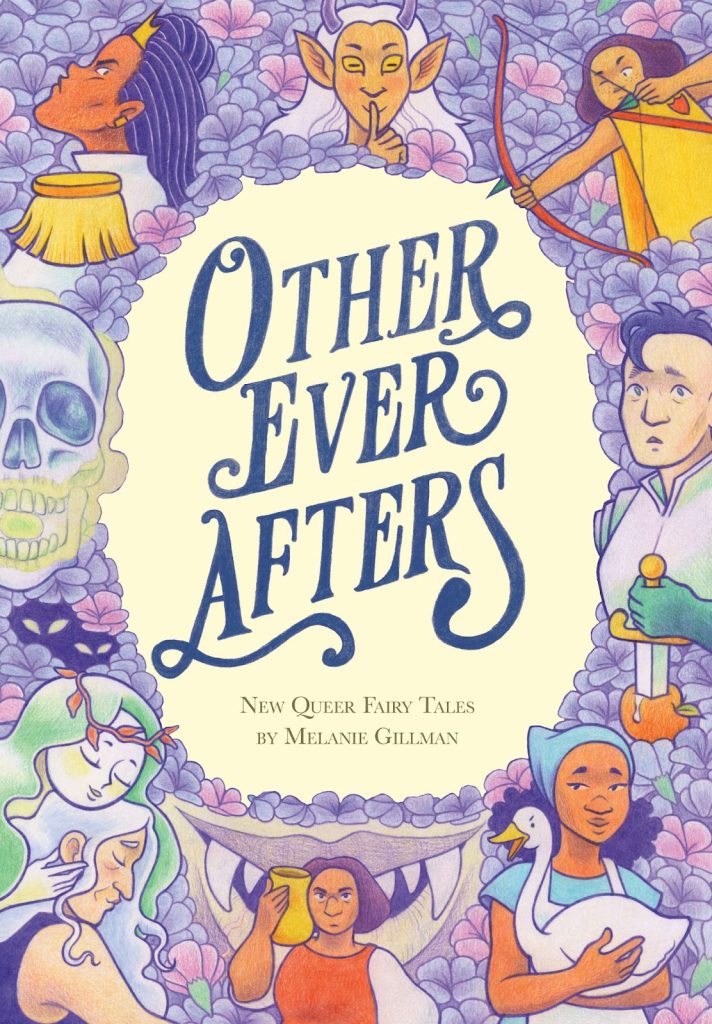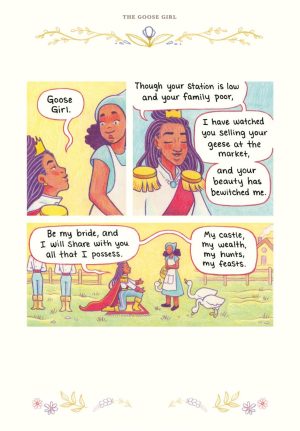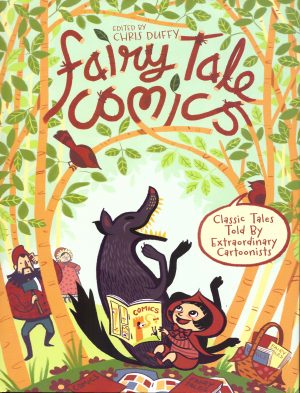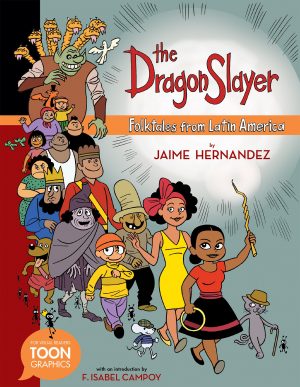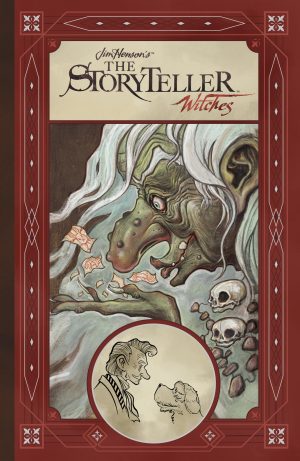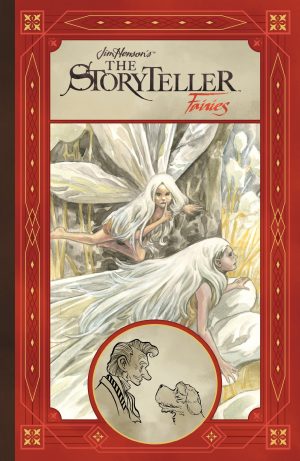Review by Ian Keogh
Other Ever Afters is Melanie Gillman reinterpreting the world of the traditional fairy tale to offer alternative options to yearning aspirational relationships, usually involving royalty of some stripe. Traditional subversions of that paradigm only go as far as involving disguise or transformation, which makes Other Ever Afters a giant step into the unknown. Here the princess commands her own forces and is infatuated with the girl looking after the village geese, while the foundling child’s gratitude is such he bears an unwavering devotion to the system that saved him.
Just turning in a fairy tale with a same sex relationship would be revolutionary enough, but Gillman extends the remit beyond that by also addressing the presumptions of fairy tales. ‘The Goose Girl’ is a prime example, the girl of the title not just swooning into the arms of the Princess at the first approach, but pointing out the systemic and entrenched inequality in her kingdom. It also establishes a pattern of taking the titles of perhaps lesser known fairy tales and supplying a new story.
For all the radical injections, though, the fundamental glue has to be Gillman also being able to create stories that convince as authentic, something the Brothers Grimm might have accumulated from traditional folklore in the 1800s. It’s triumphantly achieved, including tales of pity, tragedy and persecution, for the beset and downtrodden are a vital ingredient of fairy tales, but while Gillman will use the storytelling pattern of threes, and their fates conform to the expectations of fairy tales it’s often in a surprising way. The presumed villain is actually a rescuer, freedom isn’t found in devotion or ritual is deception.
Gillman completes the illusion by illustrations in coloured pencil faithfully mimicking the simplicity of children’s storybooks.
Perhaps a few emotional complexities extend the remit slightly beyond all ages, but that’s not a definitive conclusion, and the more children prompted to think about Gillman’s common sense the better.
